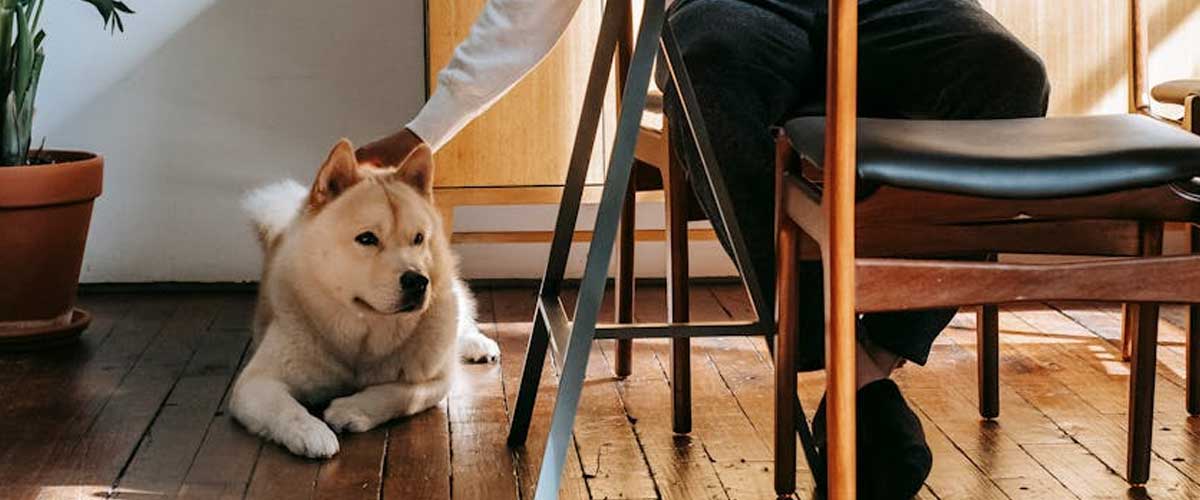Petting your dog is a simple yet powerful way to bond and express love and affection.
However, understanding the right techniques can enhance this experience for both you and your furry friend.
Here’s a guide on how to properly pet and stroke your dog.
1. Approach Calmly
Before you initiate contact, approach your dog calmly and confidently.
Many dogs can sense anxiety or excitement, which might make them feel uneasy.
If the dog is unfamiliar with you, allow them to sniff your hand first. This is their way of getting to know you.
2. Know Where to Pet
Most dogs enjoy being petted, but the areas where they like it can vary.
Commonly appreciated spots include:
Back and Shoulders: Many dogs enjoy gentle strokes along their backs and over their shoulders.
Chest and Belly: Some dogs love having their chest or belly rubbed.
However, be cautious and pay attention to their body language.
Not all dogs like belly rubs.
Behind the Ears: Scratching gently behind the ears is often a favorite for many dogs and is a great way to show affection.
3. Use Gentle Strokes
When you begin to pet your dog, use soft, gentle caresses rather than rapid or rough motions.
Long strokes along the body, from head to tail, can be soothing and enjoyable.
It’s often best to avoid patting on the top of the head, as this can be perceived as too aggressive by some dogs.
4. Pay Attention to Body Language
Every dog has its preferences, and observing your dog’s body language is crucial to ensuring they are comfortable.
Signs that a dog is enjoying being petted include relaxed ears, a wagging tail, and leaning into your hand.
Conversely, if they pull away, tuck their tail, or display a stiff body, it’s best to stop.
5. Timing Is Key
Engage with your dog when they are relaxed and comfortable, such as during quiet moments at home or after playtime.
Avoid petting them when they are anxious, overstimulated, or busy focusing on something else.
6. Incorporate Play and Interaction
While petting can be a great way to bond, integrating play into your interactions can deepen your connection.
Use toys and games alongside petting sessions to create a fun and enriching experience.
7. Respect Their Limits
Each dog has its personality. Some may love extended petting sessions, while others prefer shorter interactions.
Always respect your dog’s limits and preferences.
If they walk away or show signs of disinterest, it’s time to give them space.
8. Practice Positive Reinforcement
If your dog enjoys petting, reinforce this behavior with praise or a treat.
This helps create a positive association and encourages them to be more open to affection in the future.
Conclusion
Petting your dog is not just an act of affection; it’s an opportunity to build trust and strengthen your relationship.
By taking the time to learn how to properly pet and stroke your dog, you enhance their well-being and create joyful moments together.
Always remember to be gentle, attentive, and respectful of their preferences, and you’ll both enjoy the benefits of a loving bond.









